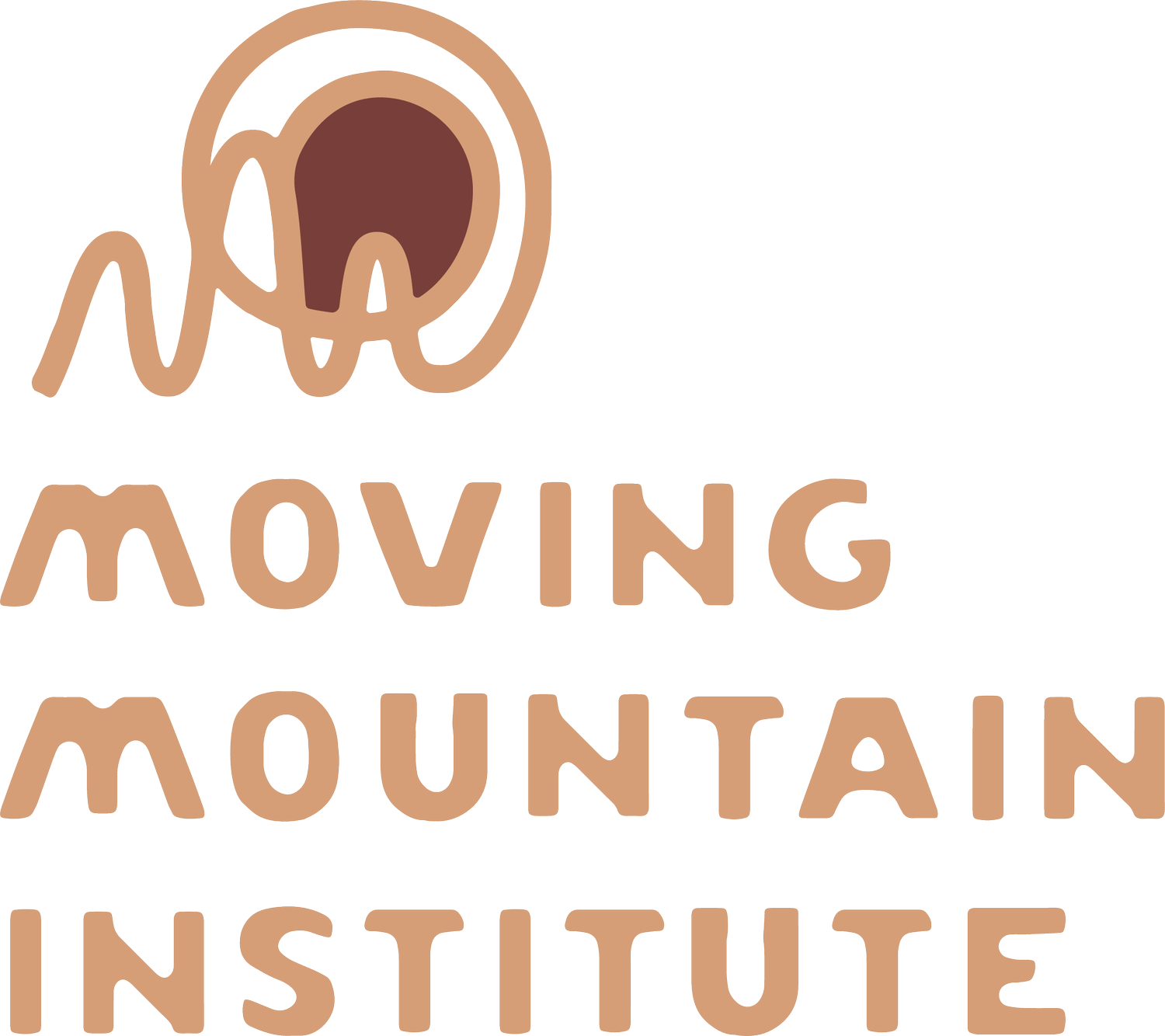On Poetry in the Classroom
/We recently re-discovered the transcript of a conversation between Michael and one of our esteemed colleagues and workshop participants, Alison Schneider. Here is Michael's response to her gorgeous question about poetry in the classroom.
Argentine artist Mirtha Dermisache's artwork inspired by a graphically-based language.
Sin título (Texto), no date, c. 1970's, ink on paper.
Alison: I’m struck by how you often use poetry at the beginning of every class. Rumi’s translator Coleman Barks’ describes poetry as a way to access the inner life–a play of language and movement at the intersection of the human with the divine. Why are you drawn to using poetry in the classroom? To access the inner body?
Michael:
It’s somewhat of a cliché in our field to come to your center before working. It’s important of course and everybody has to find their own way there before beginning to work. But some of the language around this process has become overused and may not actually speak to everybody in a classroom. But, I think there’s something in art, poetry in this case, that can address this important transition from day-to-day consciousness into the liminal space of a bodywork or healing. Poetry is like a side-door into the type of presence that supports open-field-consciousness which is essential in our work.
Parker Palmer, one of our conceptual mentors, understands that when encountering a complex or difficult subject (i.e. the body) it is helpful to invoke art:
“works of art [can be] ‘third things’ because they have voices of their own, voices that tell the truth about a topic, but in the manner of metaphors, tell it on the slant. Mediated by a third thing, truth can emerge from, and return to, at whatever pace and depth we are able to handle.”
Palmer is actually saying quite a bit here. In our culture, when we encounter complexity, we often try to meet it with more complexity. There have been benefits from this of course – but the strong bias towards only this as a way of knowing is problematic. Bringing art to bear against complex subject matter opens the door for other ways of knowing to emerge. This is a path to insight. Insight is often required in the clinic so it should be part of what we teach whenever we are in a classroom approaching bodywork.
That’s why we use poetry. Plus, it just feels good, feels right.




